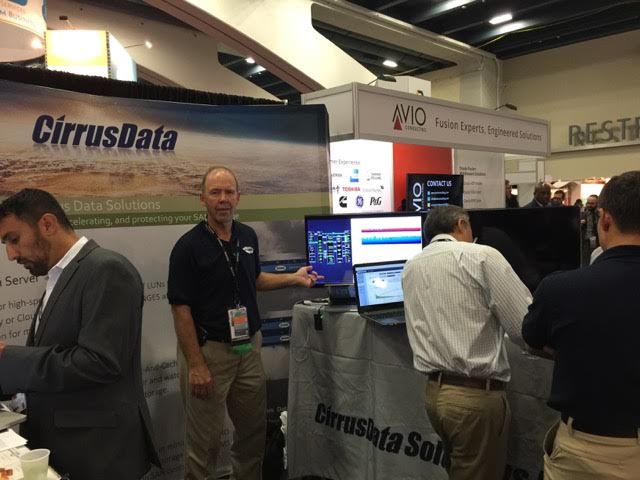Although previous OpenWorld conferences already explored cloud topics such as the new Oracle database being built for the cloud and the rewriting of the company’s enterprise applications for the cloud, at this year’s Oracle OpenWorld 2015 conference, the cloud commanded center stage.
Oracle described its strategy as follows: First it had to build the hotel (the cloud infrastructure, applications, database, operating system, hardware, etc.), and now, that hotel is open for business.
Started in 1983 with only 50 customers, this year’s OpenWorld event attracted more than 68,000 people from 147 countries to the San Francisco venue. They all had the opportunity to explore the event’s more than 3,500 sessions and 700 demonstrations, which featured Oracle speakers discussing new features or helpful techniques for various products as well as enterprise companies relating their experiences with them. Topics included Oracle database and enterprise applications, MySQL, Linux and Java technologies. More than 2 million more people attended the conference online.
OpenWorld 2015 also afforded me the opportunity to see and talk with all the Oracle employees with whom I work throughout the year. With such a plethora of offerings, one couldn’t help but to get a clearer idea of what the future may have in store, and perhaps even have a hand in shaping it.
Meetings, Sessions and Labs
I was invited to the MySQL Customer Advisory meeting, for example, which included most of Oracle’s MySQL technical people and some of the biggest users of MySQL. The meeting’s goals were as follows: to give Oracle a platform on which to communicate what it is currently working on, to explore future work it is considering and to give an opportunity for the audience to share any issues they might be having and request new features they would like to see in upcoming releases.
I mentioned the following new features I would like to see, all of them involving utilization of SSD/flash:
- Tiered storage (hot data on SSD/flash, cold data on HDD)
- The ability to stripe data over multiple tablespace files
- A built-in secondary buffer (similar to Oracle’s Database Smart Flash Cache feature)
At the MySQL performance session presented by Oracle’s Dimitri Kravtchuk, MySQL Performance Architect, Kravtchuk gave Seagate credit for the performance of the Nytro cards that he is using in his own lab testing.
I also attended many hands-on labs that dealt with topics such as MySQL clustering, Oracle multitenant database in the cloud, MySQL replication and new features of the Oracle 12c .2 release. Oracle Database 12c sports 10x performance over legacy processors. It also frees CPU cores for transactional processing and has up to three times the data capacity with in-line data compression.
Administering databases and applications in the cloud is much different than administering a private non-cloud database. MySQL is touted as the most widely used database in the cloud and web as well as for standalone database chores in enterprise applications. MySQL can be used as a standalone single server or as a database sharded over tens of thousands of servers all over the world. This year in the new version of the Oracle database, you can now shard the database over a thousand servers in a shared-nothing environment. Up until now, Oracle RAC was the only way to grow horizontally. Oracle RAC is a shared-everything environment, which means many servers access one set of database files. Now customers have options when they want to grow horizontally.
An OpenStack session I attended revealed an interesting development, as well. Oracle has been participating in the OpenStack area for the last few years and has tried to make it easier for companies to install, deploy and maintain an OpenStack environment–as almost anyone will tell you, OpenStack is very difficult to install and use, and big corporations have tackled these issues by assigning many IT personnel (I have heard that at some places the number can be as high as 50) to learn, deploy and convert or create applications to run in OpenStack. Oracle has made it easier by creating a seamless install procedure using Linux containers as well as monitoring tools for OpenStack.
 Exhibitor Floor
Exhibitor Floor
For Oracle OpenWorld, I created a demo for our partner Cirrus Data to display in its booth. Cirrus makes a caching appliance that is deployed between the host and a SAN which contains multiple Nytro XP6302 flash accelerator cards. Cirrus uses write-through caching so all the SAN utilities, such as SAN-SAN replication, all work, while data is transparent between the cache and on HDD. Cirrus had great traffic and drew in a lot of interest.
I am already looking forward to 2016 to see how Oracle continues innovating in new market opportunities.








